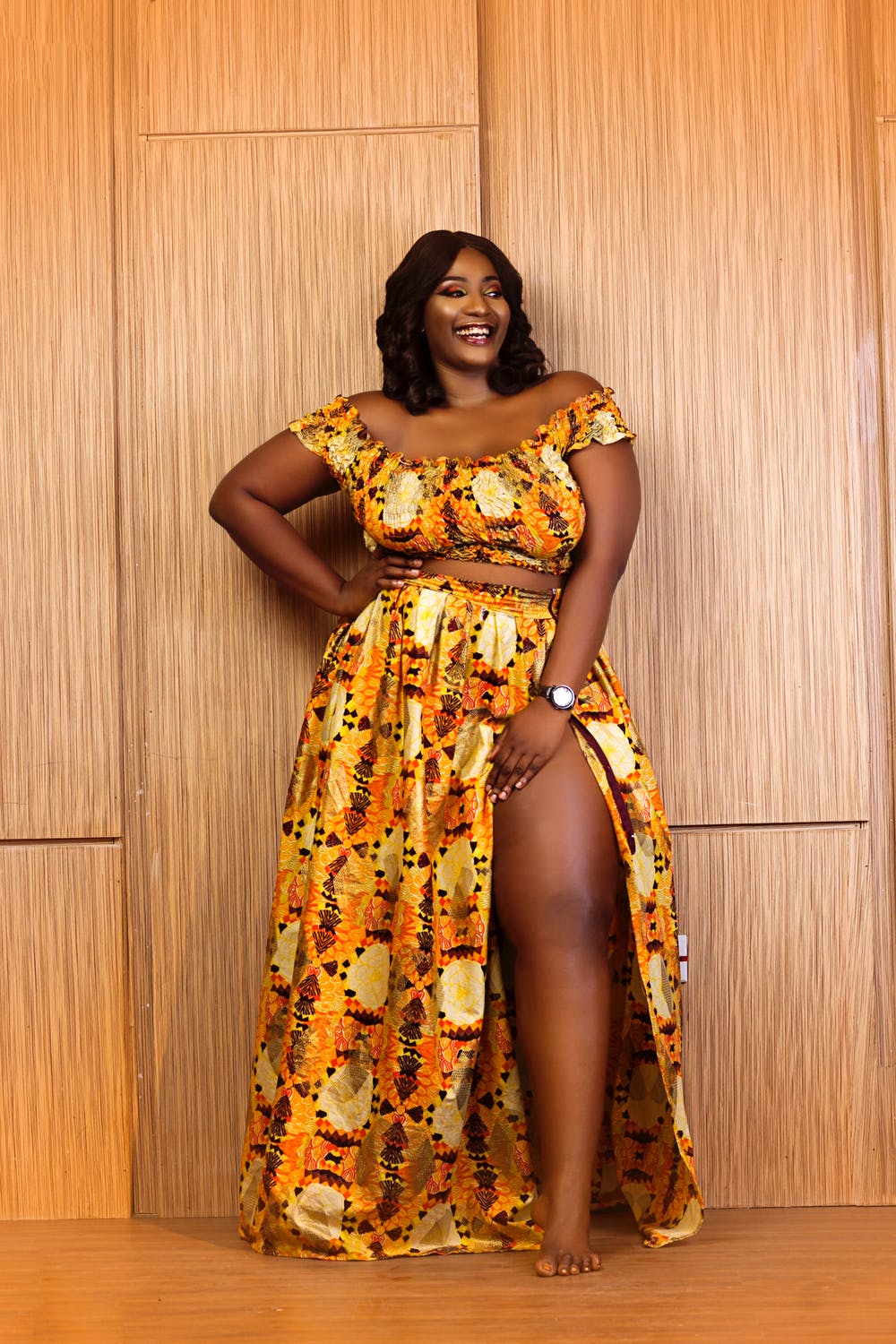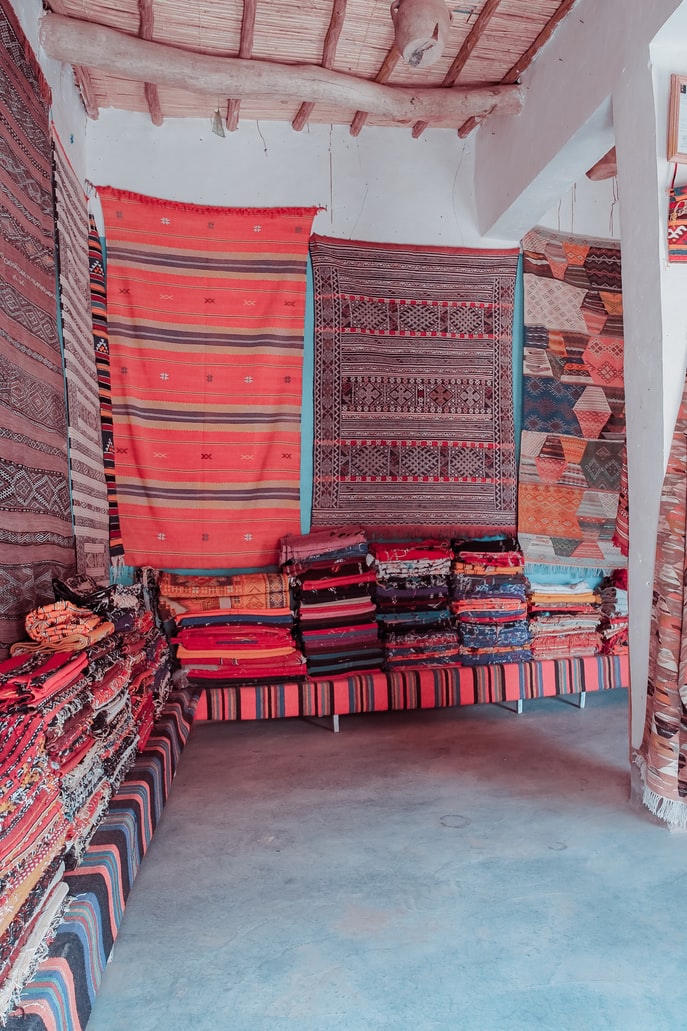
What to Learn about the History and Evolution of African Fashion
Africa, a large content, yields massive amounts of the historic culture that is widespread today. In the modern world where we live, we have seen years of African fashion that has been reduced to leopard skins and mud cloths. While the influence of African traditions is frequently cited as a source, it’s worth noting that its importance comes nothing close to its derivative.
Read on to learn more about the history and evolution of African fashion, and how it has all affected the current industry.
The Early Dress
The majority of Africans wore light clothing due to the continent's warm climate. Men wore loincloths or aprons, while women wrapped wraps around their waists or breasts.
Prior to the popularity of bark cloth and furs, aesthetic marks and pigments were used to beautify the rest of the body. Males simply wore a belt around their waists over the bark cloth. Women wore the cloth over their belts to hide their faces.
Garments communicated status or denoted a ritual or time passage as people changed states. Some women wore only skirts until they married when they switched to full-body wraps and cloaks.
Africans quickly began combining bark cloth and raffia, and grass skirts were once popular. They also adorned exposed body parts with accessories. Expensive jewellery and headgear made of seashell, bone, ostrich eggshell, and feather were included. All of these materials were used to create a lavishly decorated ceremonial costume.
Colours and patterns on their cloth, woven fabric strips, and beaded attire served different ethnic groups. Tribes took pride in their handwoven fabric and traditional techniques.
Influence in Trade
The first trans-Atlantic trade routes were established in the fifteenth century. As a result, trade grew. Africans valued new items and used them to adorn cloth. Beads, shells, and buttons were used as embellishments or as the main body of the garment.
Furthermore, weaving techniques improved. Cotton, silk, raffia, and wool were now popular fabrics. The woven and decorated textiles reflected a tribe's status, culture, environment, and climate.
Wax prints, which are now common in African fashion, first appeared on the continent in the nineteenth century. During their colonization of Indonesia, the Dutch mechanized the Indonesian pattern-making style.
They attempted but were unsuccessful in reselling it to Indonesians. They conned envious Africans out of their money. Women then began to make specific design requests, which allowed trade to prosper.
The Consequences of Colonisation
Colonisation brought about significant changes in African urban fashion. Even after the country gained independence, many workplaces discouraged traditional attire. As a result, traditional robes gradually faded or were influenced by the prevalent western dress code. However, they persisted in rural areas where urbanites are beginning to accept traditional clothing outside of special occasions.
Africans have a long history of incorporating European fashion into their attire. The Sapeurs in Congo are an example of colonialism's impact on African fashion. As a group, the "Society of Ambiance-Makers and Elegant People" dress in elegant European attire to enhance the atmospheres into which they enter.
African Culture as the Main Reference Point
Afro-futurism has remained a constant in fashion, sometimes tastefully, sometimes not. Yves Saint Laurent's Spring-Summer 1967 collection included African fashion styles. He made delicate gowns out of wood beads, raffia, straw, and gold thread. The most eye-catching piece paid homage to Mali's Bambara sculptures. Their statues depict women with long bodies and pointed breasts.
Picasso's illustrious cubist period began with an African phase. From 1906 to 1909, Picasso painted in a style influenced by African masks and Egyptian art. The faces of the two women on the right in Les Demoiselles d'Avignon resemble ethnic Dan and Fang masks. Picasso was said to have amassed an extensive collection of African totem art. He, on the other hand, denied being swayed. Like many creative people, he lacked the courage to acknowledge his sources of inspiration and influence.
African Fashion in the Long Run
Today, people are inspired to connect with African culture and style by observing Africans dress in real-time and observing the variety of styles.
African fashion will have a bright future if it seizes the narrative and becomes the driving force behind the current boom. To avoid another exploitation story, designers must also learn business skills and build the necessary infrastructure for production and sale.
African fashion designers create the shapes and colours that the rest of the world covets. With careful artistry, there is hope for a long-term impact and inspire a new generation of designers.
Do you want to learn more about traditional African clothing in the UK? Nkiti African Attire is a British fashion label that focuses on casual African clothing of unique designs, high-quality textiles, and historical references. Shop our collection today!




Leave a comment
This site is protected by hCaptcha and the hCaptcha Privacy Policy and Terms of Service apply.